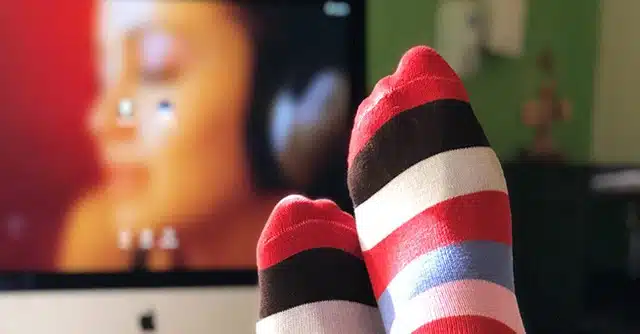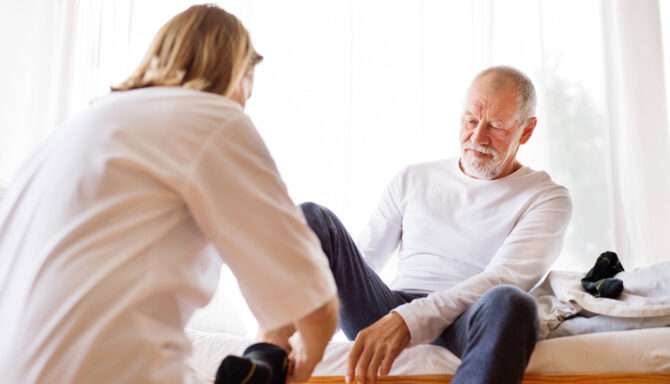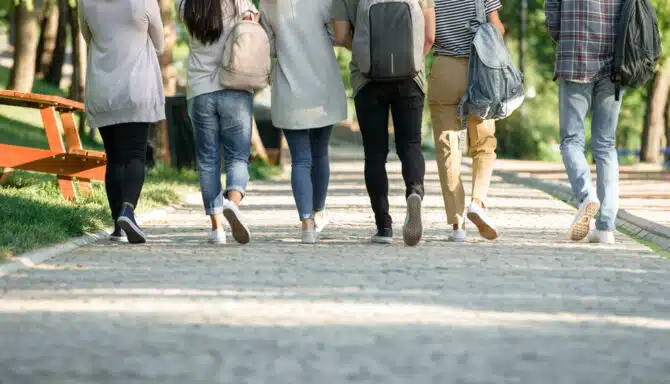What is Gait?
Have you ever wondered if you are walking properly? Do your feet feel easily tired from activity? Did you know that a lot of the time, you can attribute the pain you experience at your feet (such as the arches, heel, and balls) to abnormal walking patterns?
Today’s blog will explore the gait cycle and look at how faulty foot mechanics, specifically overpronation and oversupination can affect your gait, as well as how one’s gait changes with running.
Gait is defined as a person’s manner or pattern of walking. It is a complex, coordinated series of movements that involve both the upper and lower extremities to propel the human body forward. For simplicity’s sake, we will focus on how the lower extremity moves during gait and in particular, the foot.
What is a “Normal” Walking Gait?
The gait cycle is a cyclical series of events, meaning it is the continuous repetition of one gait cycle over and over again. One gait cycle is the period from heel strike of one foot to the next heel strike of the same foot. One gait cycle can be divided into two major phases: stance phase and swing phase.
Stance phase refers to the time your foot is on the ground. It occupies approximately 60% of the gait cycle. It begins with the heel making contact with the ground and ends with toe-off, at which point the foot rises from the floor to enter into swing phase.
During stance phase, the lateral heel (outer portion of the heel) comes into contact with the ground and initiates pronation of the foot. Pronation is the motion at which your foot rolls inward towards its arches. This natural motion allows for proper shock absorption and allows the foot to adapt to the terrain it is striking.
Then as the weight of the foot moves from the heel to the ball and then toe-off, it should supinate. Supination is the rolling motion towards the outside edge of the foot. At this point, the foot transitions from the fluid, adaptor to a stable and rigid lever. The foot needs rigidity for efficient toe off and propulsion.
Swing phase refers to the time your foot is in a non-weight bearing position. It occupies approximately 40% of the gait cycle. It provides the actual step which moves us from one location to another and the power necessary to advance the limb forward.
Overpronation?
Overpronation can be observed in the stance phase. If you overpronate, it means you roll your foot towards its arch excessively, more than what is necessary for normal foot function. In some cases, over-pronation can lead to an absence of supination, resulting in an apropulsive gait. The foot will flatten its arch when it is pronating; therefore if you overpronate, you will likely have fallen arches or a flat foot.
Other foot manifestations/symptoms associated with overpronation include:
- Bunions
- Hallux limitus/Hallux rigidus
- Plantar fasciitis (heel pain)
- Arch pain
- Tired feet
- Posterior tibial tendon dysfunction
Oversupination?
Oversupination is also observed in the stance phase. It is defined as the lack of pronation after heel strike, resulting in poor shock absorption at the foot. Weight remains on the outside of the heel then travels along the lateral border (outside border) as it moves to the ball of the foot.
People with high arches are at particular risk of oversupination.
Other foot manifestations/symptoms associated with oversupination include:
- Knee pain
- Achilles tendonitis
- Inversion ankle sprains
- Calluses
How Does Gait Change With Running?
Similar to a gait cycle, a running gait cycle is a cyclical series of running strides. One running cycle consists of two main phases: contact phase and swing phase.
In a running cycle, the swing phase is longer than the contact phase. In fact, as a runner’s speed increases, the contact phase will further decrease and the swing phase increases. This means the foot is in contact with the ground for a shorter period of time. It also means the body’s weight is supported by a single limb at any given time during contact phase. Furthermore, there are even moments in the swing phase of a running cycle where neither foot is in contact with the ground, called double float or airborne phase.
As such, you can imagine biomechanical stresses are much higher with running than with walking. For one, the forces acting on the body while running can reach up to 10 times the body weight. Ground reaction forces can be 2 to 3 times greater than in walking, and the foot tends to pronate 50% more. Faulty foot mechanics in a runner can increase risk of developing complications and symptoms of foot problems. If you are experiencing pain, don’t ignore your problems. Have your feet checked by a licensed chiropodist today.
Your Solutions Live Here!
All under one roof! Our team is trained to handle any and all your foot health concerns. From mild, to critical, we cover all sides of the foot needs spectrum. Call us to ask about actionable steps towards your solution today!
Call us at 416-769-3338 or Click to Book Your Assessment Today!











